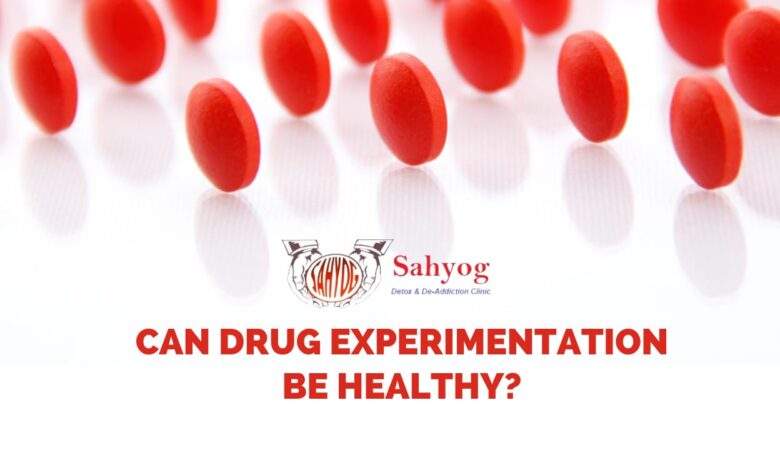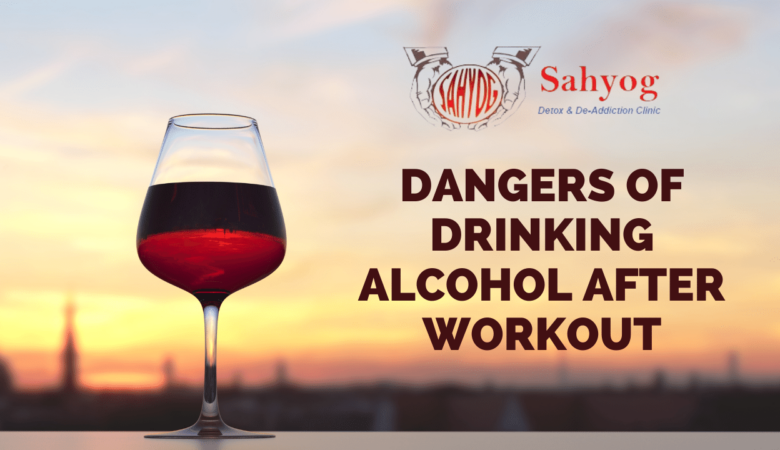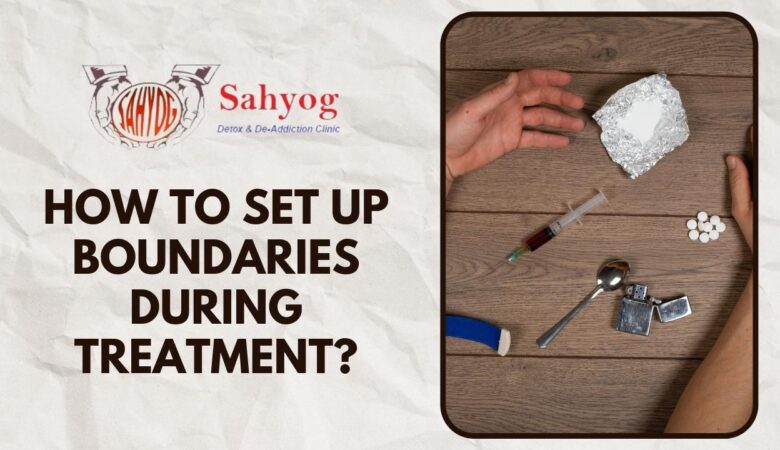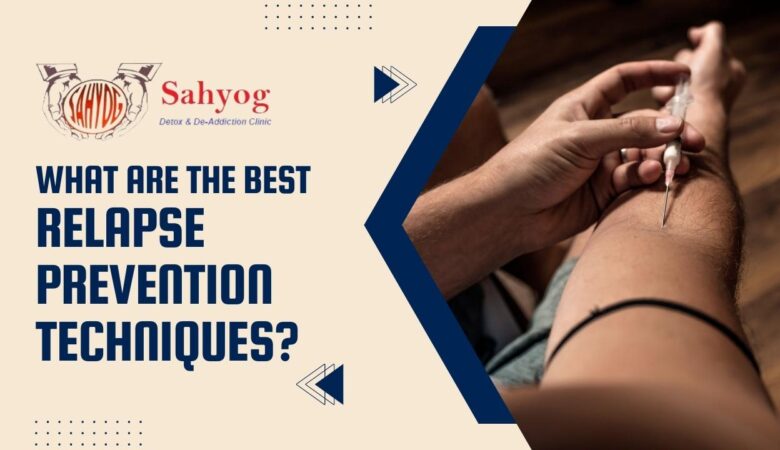Can drug experimentation be healthy?
Drug experimentation can be fun and can open up an entirely new world of experiences to someone who has never tried them before. It can also be very dangerous, and lead to poor choices that can negatively impact the rest of your life. Here are some tips to make sure you’re getting the most out of experimentation while keeping yourself safe and healthy along the way. What are Drugs? The word drug can refer to both legal and illegal substances. In general, drugs are chemicals that impact on your body’s functions—physically, chemically, psychologically, or all three. They alter how you feel physically, alter how you think psychologically, and even change who you are as a person. While some drugs might have medical uses (such as painkillers), others are used for recreational purposes only. This means they don’t have any health benefits but instead make people feel good or high by changing their mood, senses, and thinking patterns. This is why they are often referred to as recreational drugs or party drugs. Some examples of these include ecstasy (MDMA), cocaine, amphetamines, and marijuana (cannabis). The most common type of drugs To understand what can happen when you experiment with drugs, it’s important to know some of their most common types and how they affect your brain and body. First, there are stimulants and hallucinogens—these include cocaine, methamphetamines, amphetamines, ecstasy, and LSD. These drugs activate pleasure receptors in your brain that cause a flood of dopamine, which is why it’s so easy to develop an addiction after using them for just a short time. Then there are depressants like alcohol, opiates (like heroin) and benzodiazepines (like Xanax). These relax your muscles by slowing down signals from your nerves to your brain. Finally, there are marijuana-based products like hashish or THC oil; these alter how messages pass between nerve cells in parts of your brain responsible for memory, thinking, and concentration. The safest way to take drugs If you choose to experiment with drugs, there are safer ways to go about it. Try different methods to find out what works best for you. Here are some tips, Have a sober friend with you when you take drugs. Take small doses and wait until they kick in before taking more—this way, if something goes wrong, there’s time to react or call an ambulance. Avoid mixing drugs; even legal substances like alcohol can intensify your high or make you sick. Don’t drive while intoxicated of any substance—even prescription medications can impair your judgment and reaction times. Avoid combining any illicit drug use with other risky behaviours. Be honest with yourself: You may feel invincible right now, but remember that these substances can have lasting effects on your health and well-being down the road! The best time for trying new substances The best time to try new substances is not when you are in college or high school. If a student is considering trying marijuana, cocaine, amphetamines, methamphetamines, and other drugs like that, they should not take them while they are in high school or college. Most kids will experiment with drugs at some point during their teenage years or even earlier, but it’s important to wait until your brain has finished developing before experimenting with these kinds of things. This is because there have been studies done that show that people who start using alcohol, tobacco and other drugs during adolescence have an increased risk for addiction later on in life. There also seems to be a connection between early substance use and mental health problems such as depression and anxiety disorders. What are the health risks associated with drug experimentation? When you think of someone experimenting with drugs, what comes to mind? Perhaps you think of a party scene, with numerous young people out in public and possibly getting drunk. While that is one way to experiment with drugs, it’s hardly the only one. In fact, there are some surprising health risks associated with experimenting with drugs—especially if you don’t do so responsibly. Let’s take a look at some of these potential dangers. What are some responsible ways to experiment with drugs?: Just because there are certain health risks associated with experimenting with drugs doesn’t mean that doing so can’t be done safely. After all, many adults drink alcohol or smoke cigarettes occasionally without experiencing any negative side effects whatsoever; perhaps we should view other forms of drug use similarly. The key here is moderation: make sure you know how much you can handle before taking more than your body can handle. Physical risk versus mental risk There are many physical risks associated with drug experimentation. The risk of overdose is a massive factor, especially if you’re experimenting with heroin, cocaine, or other hard drugs. Regardless of whether you’re experimenting in small doses to test the waters or doing large amounts to get an intense high, these drugs can cause damaging side effects that leave your body feeling unhealthy and weak. Additionally, taking drugs can make your veins susceptible to infections and disease. If you don’t use clean needles when injecting, for example, you could contract HIV/AIDS or hepatitis C. Even more common than contracting a serious illness is developing an addiction to drugs like opioids and stimulants; using them regularly can lead to dependence on them over time. Once addicted, it may become difficult—or even impossible—to stop using without professional help. Risks Vs Benefits-when can drug experimentation be healthy? Experimenting with drugs should always be considered dangerous, and perhaps even life-threatening. But despite these obvious risks, there are situations in which experimentation is beneficial. Let’s take a look at when drug experimentation may have benefits—and when it may not. Many people experiment with alcohol in their teens or early 20s, sometimes even before they turn 18, but they don’t see any long-term health effects on their brains or bodies. The same can be said for smoking tobacco: Inhaling smoke can hurt you both immediately and long term, but many people smoke cigarettes







